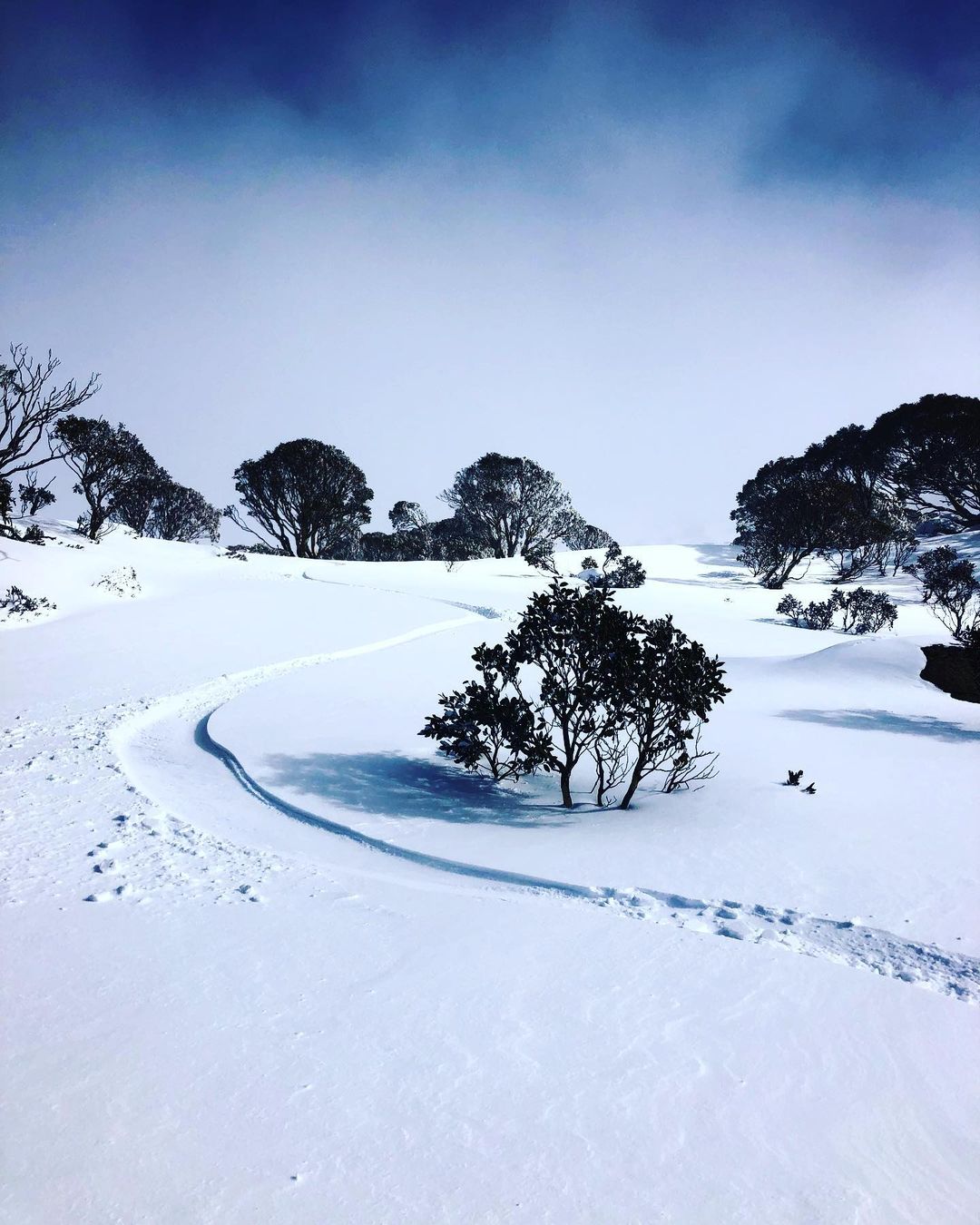Australia’s Alps just had their best start to a snow season in 54 years , according to this year’s first official natural snow depth measurement at Spencers Creek in the NSW Snowy Mountains. This early season snow will provide a decent injection of water into the hydro lakes in NSW, VIC and TAS, increasing lake levels and supplying water for future hydropower generation.
Snowy Hydro has been manually measuring the natural snow depth at Spencers Creek in NSW since 1954. This site, located at 1,830 metres above sea level between Perisher and Charlotte Pass, is widely regarded as Australia’s most reliable historical record of natural snow depths in the Aussie Alps.
So, how much snow is on the ground?
This week’s measurement was always going to be a big one, thanks to a procession of cold fronts that delivered multiple rounds of snow in late May and early June.
According to data published on Snowy Hydro’s website, the natural snow depth at Spencers Creek on Thursday, June 15 was 118.3 cm. This is the highest snow depth measured at the site this early in the season since 1968.
In 2021, this snow depth wasn’t reached until late-July, so we are currently running more than one month ahead of last winter based on the raw snow depth.
This week’s impressive snow depth reading is in line with other cold weather statistics that Weatherzone published earlier this week, including Canberra just enduring its coldest start to winter since 1964.
Hydro operators can more accurately predict hydro plant output and manage water flows through accurate long-term catchment rainfall and snowfall forecasts. Rainfall forecasts from one hour to one year ahead are crucial for effective management of hydro assets. For more information, please contact us at apac.sales@dtn.com.






